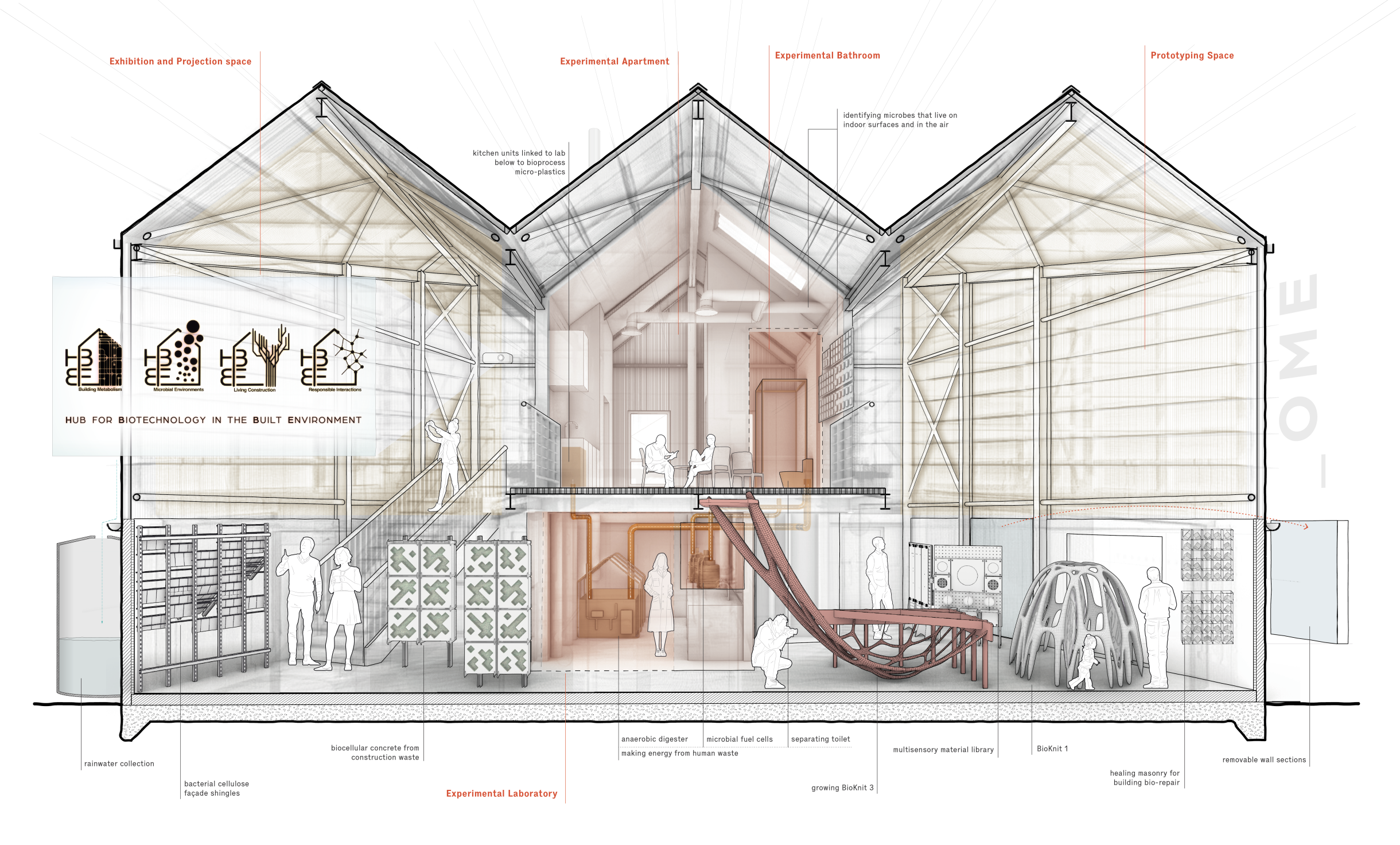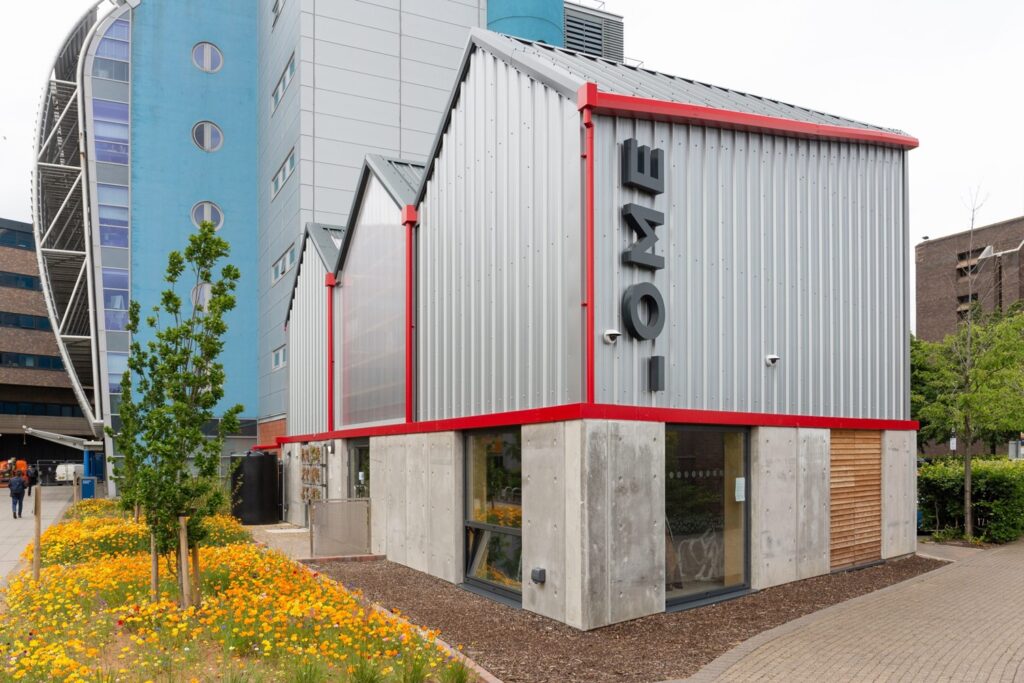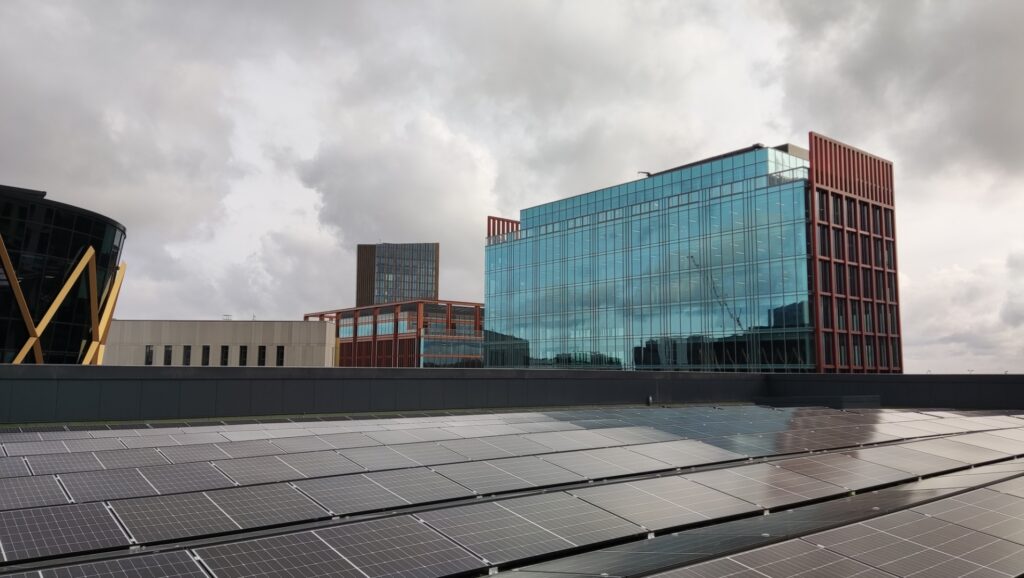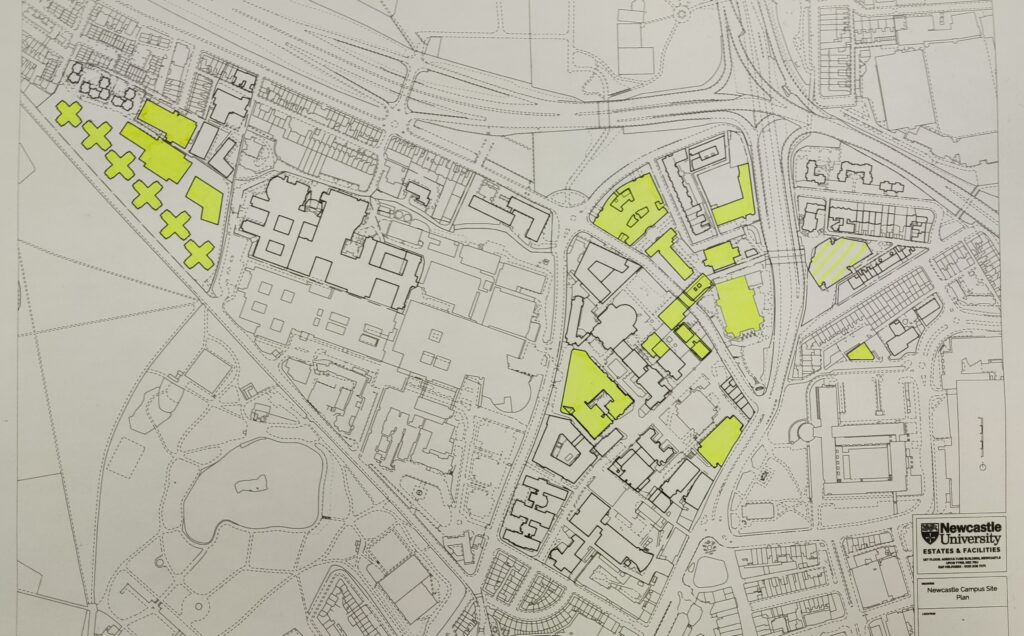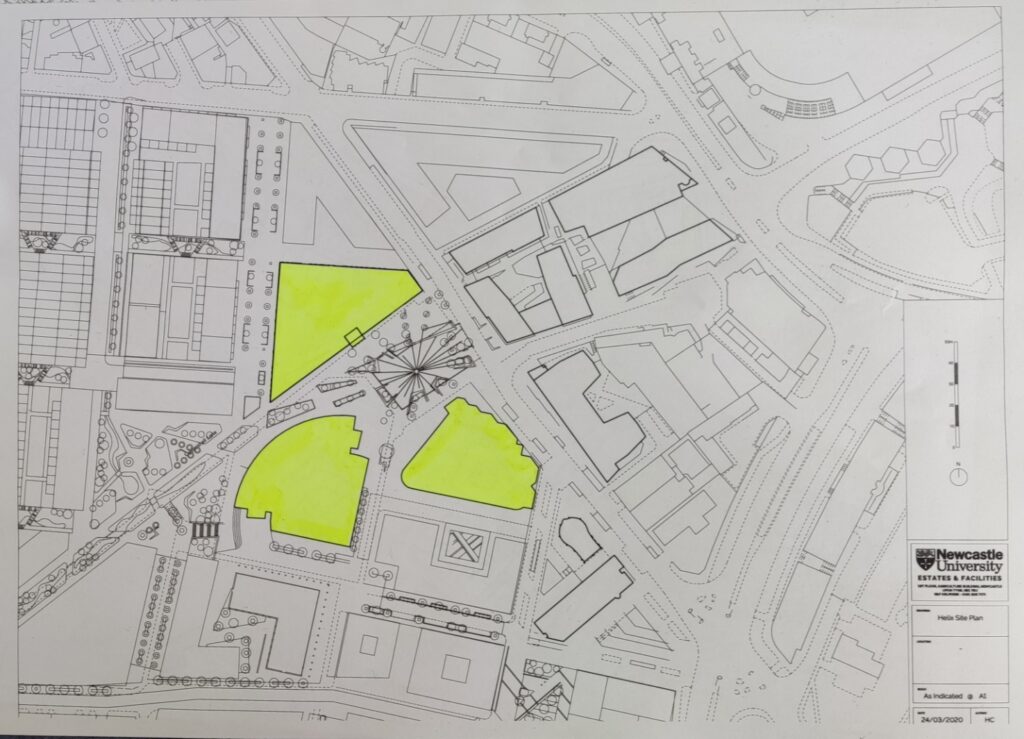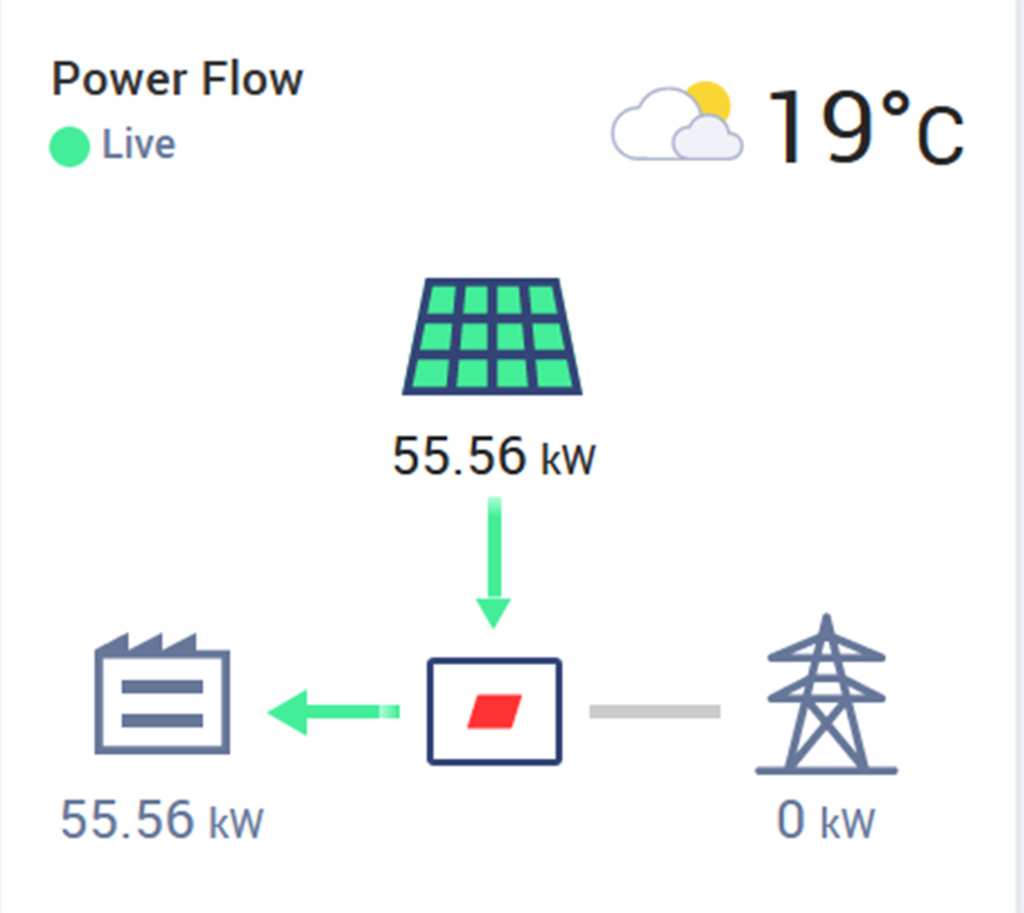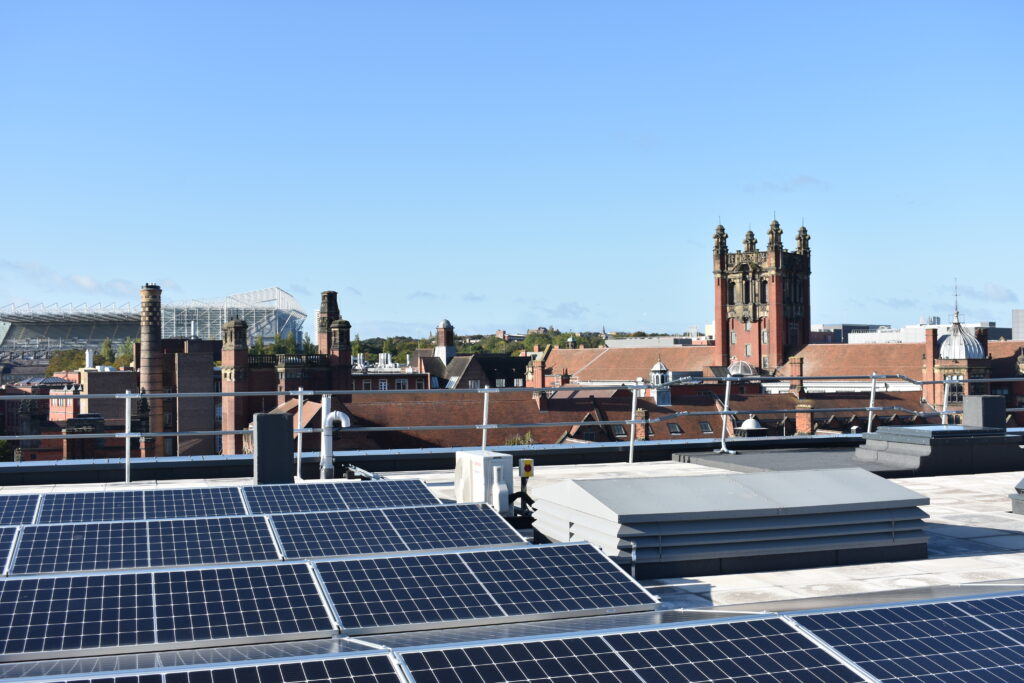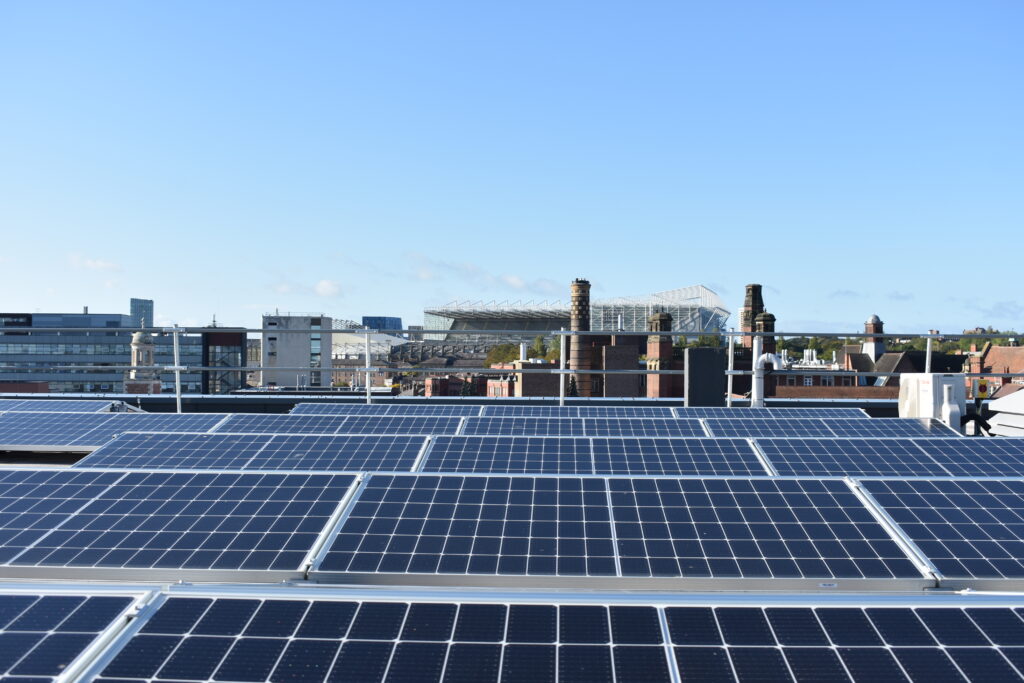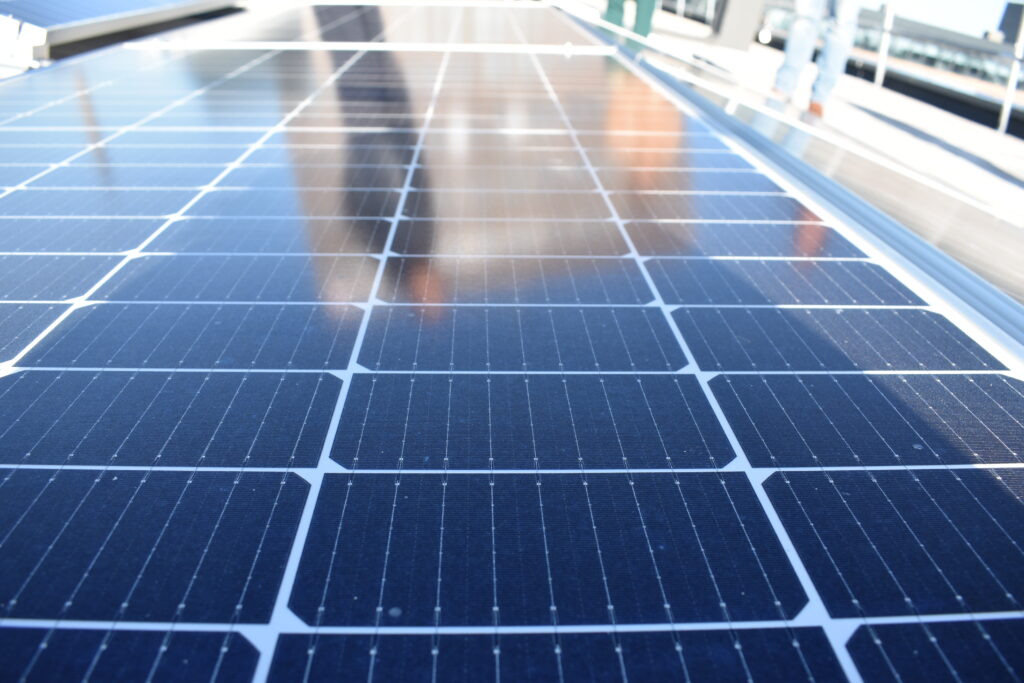World Water Day is a United Nations Observance held on the 22nd of March every year, aiming to raise awareness on the importance of freshwater. Water is a crucial resource that is central to natural ecosystems, agriculture, sanitation, industry, heating, transport, and, of course, keeping us hydrated!
Less than 1% of the world’s water is available for human use, sourced from rivers, lakes, groundwater and even rainwater (Murcott, 2022). A recent study warns that the UK is increasingly vulnerable to water insecurity in the future, due to its limited renewable water sources, high consumption and leakage rates, and its insufficient funding for water management (Loveday, 2024). While water scarcity may seem like a distant concern, it’s crucial to understand how we can reduce our usage and take action now.
To mark World Water Day 2025, this blog will explore how we in the Sustainability Team ensure that the University’s water system is efficient, safe, and abides by all environmental regulations, plus we’ll add in some tips of how you can save water at home too!

Image: Drone shot of the Tyne River, with the Gateshead Millennium Bridge and Tyne Bridge in the background. Source: Elemental Photography.
The University’s water
The University’s water is managed in accordance with our Environmental Management System and we have Operational Control Procedures in place that control significant environmental aspects such as water reduction and trade effluence. These are audited internally and externally annually. To further support our water management, we work with building users, technicians, and our external monitoring partners Demeter to ensure that water is being used responsibly and any leaks are identified and repaired efficiently. Some examples of recent leaks that were rapidly detected and promptly repaired include a broken fitting on a main pipe at our Bowsden Court student accommodation, a burst pipe in the Henry Daysh basement and a flood inside Herschel Building over the Christmas shutdown period.
In addition to this work to quickly remedy faults in the system, we’re being proactive in saving water across our facilities in a number of ways, including:
- Installing Automatic Meter Reading (AMR) software across the University. This system is capable of logging water consumption data every 15 minutes, allowing us to assess and monitor the University’s water usage data accurately.
- Developing a water strategy. Our strategy will help us to holistically review our water monitoring and management processes.
- Identifying any issues with fixtures and fittings in our buildings. We ask staff and students to report problems such as broken taps and toilets when they find them so they can be fixed quickly. We also use the AMR data to help us with this as the frequent data logging enables us to identify trends and any anomalies where problems may be occurring.
- Installing push taps to reduce water consumption.
- Including water systems in our Sustainable Construction Framework. New systems designed for capital projects have specific sustainability requirements to meet, including specification around water systems.
- Monitoring our water consumption daily with specialist support. Our partners Demeter send us information every day about building water consumption to help us stop leaks and identify areas where usage is higher than it should be.

Image: Sustainable Development Goal 6: Clean Water and Sanitation. Source: UN SDGs.
How can I save water at home?
There are plenty of easy ways you can save water around the house and these actions will help lower your water bill as a bonus!
- Use a shower timer to help reduce water use in the shower – timers are typically set to four minutes.
- Only use a dishwasher on a full load and avoid pre-rinse settings.
- Fill the kettle with only as much water as you need, saving energy as well as water.
- Use any leftover cooking water on houseplants.
- When purchasing a new toilet, look for a dual flush option.
- Fit tap aerators onto your taps and look into aerated shower heads to easily reduce water consumption.
Is there anything I can do on campus?
You can report any water defect, whether it’s a dripping tap, overfilling toilet, leaking pipe or water which is too hot. Simply fill out this Planon form and select the “auto log-in” option or sign in with your University details. The form should be filled-in with as much detail as possible.

Always make sure taps, hoses, and cooling systems are turned off after use. Additionally, if you manage or work in labs you can reduce water use by:
- Using recirculating cooling systems to save energy and water and reducing the water supply to water-cooled equipment to the minimum required.
- Avoiding using water vacuum pumps where possible as they use large quantities of water.
- Specifying what levels of water purity are necessary for various applications and not using distilled water when it is not necessary.
- Only running washers when they are full and ensuring the lab has correctly sized equipment for its common usage to prevent inefficient washing of oversized items.
- Joining the Laboratory Efficiency Assessment Framework (LEAF)!
Thank you so much for reading this blog. If you want to explore more information on water at our university, take a look at our dedicated webpage, or email us at sustainable-campus@ncl.ac.uk
Reference list:
Loveday, K. (2024) UK faces a high level of water security challenge, BSI Reports, The UK Water Report. Available at: https://www.thewaterreport.co.uk/single-post/uk-faces-a-high-level-of-water-security-challenge-bsi-reports (Accessed: 12 March 2025).
Murcott, S. (2022) Freshwater and climate change, MIT Climate Portal. Available at: https://climate.mit.edu/explainers/freshwater-and-climate-change (Accessed: 12 March 2025).

